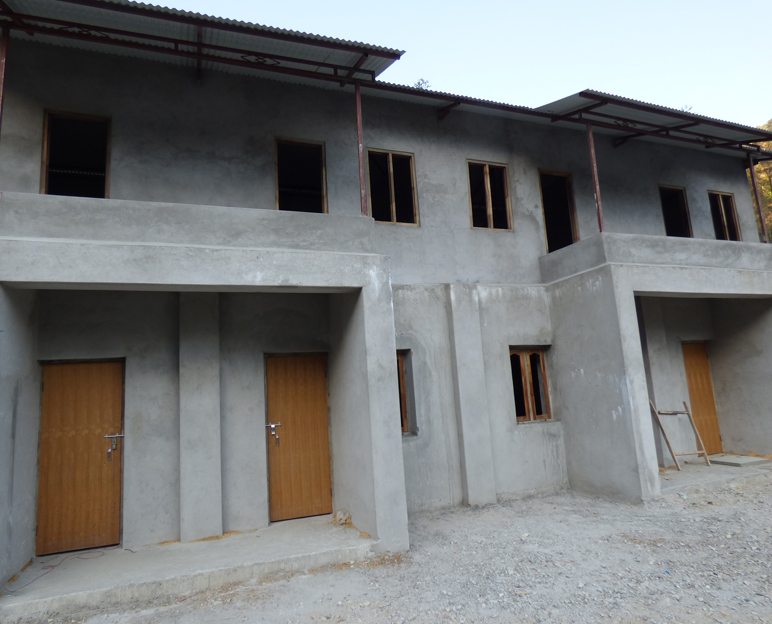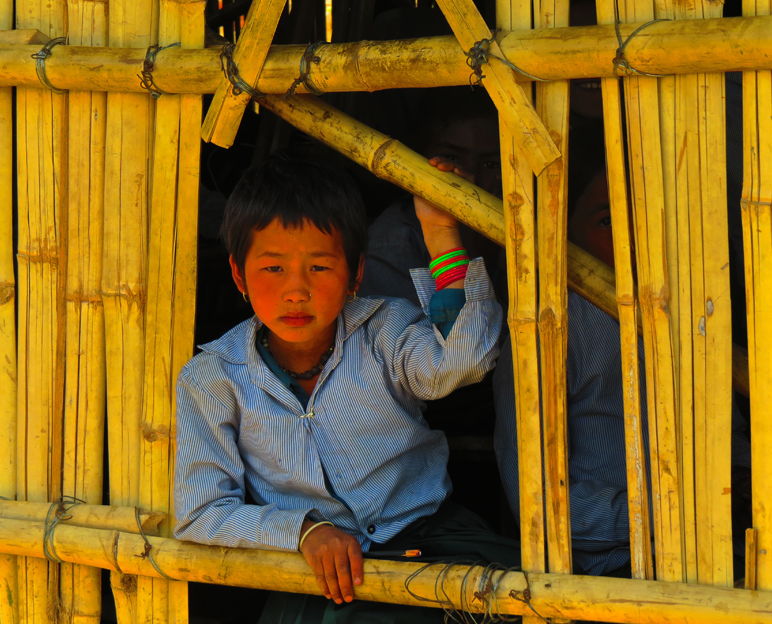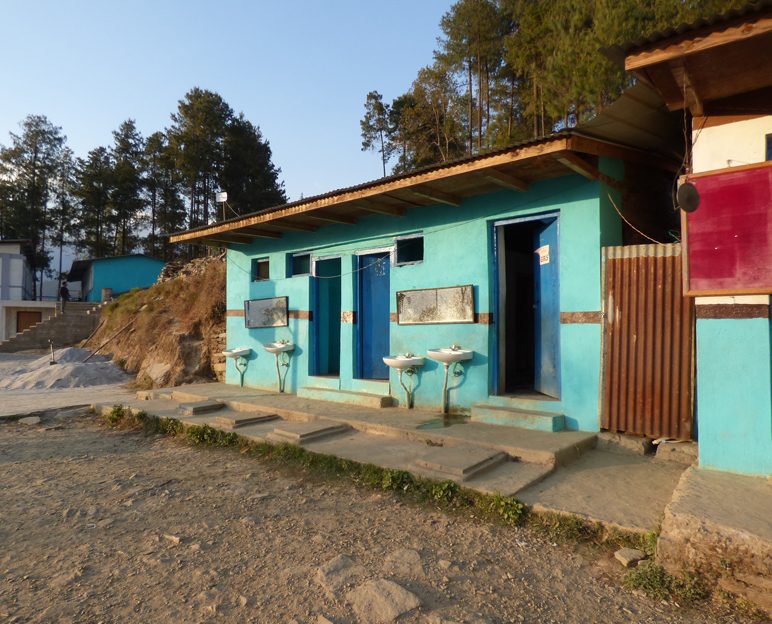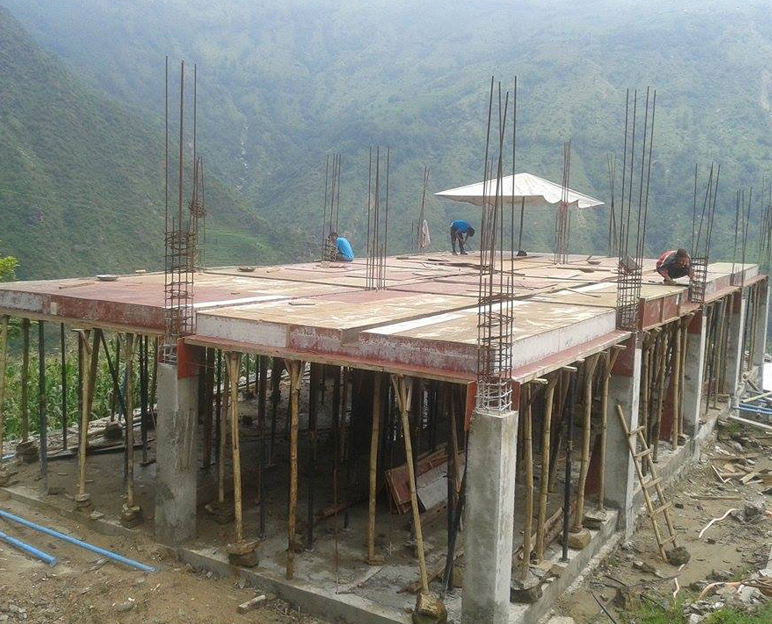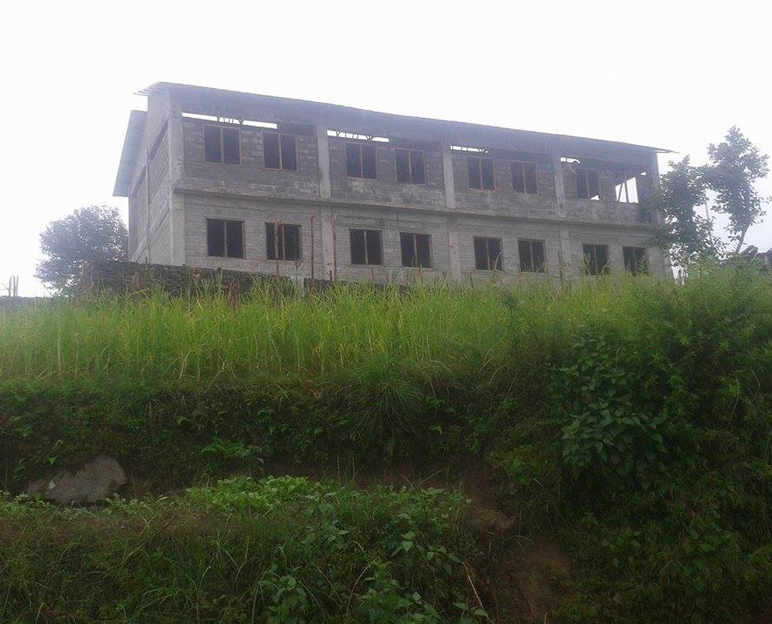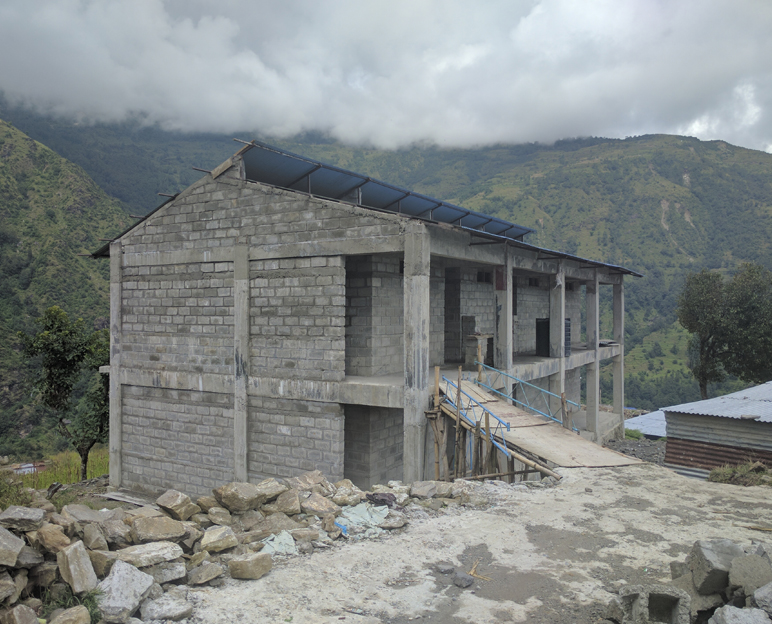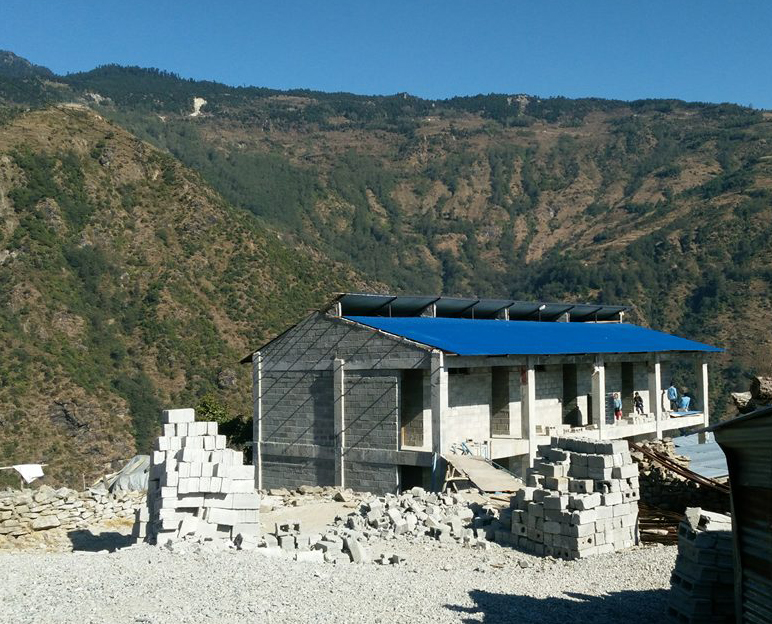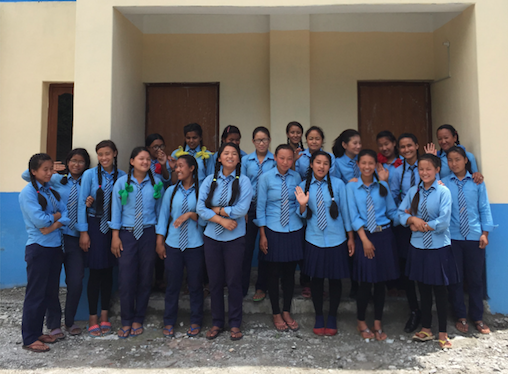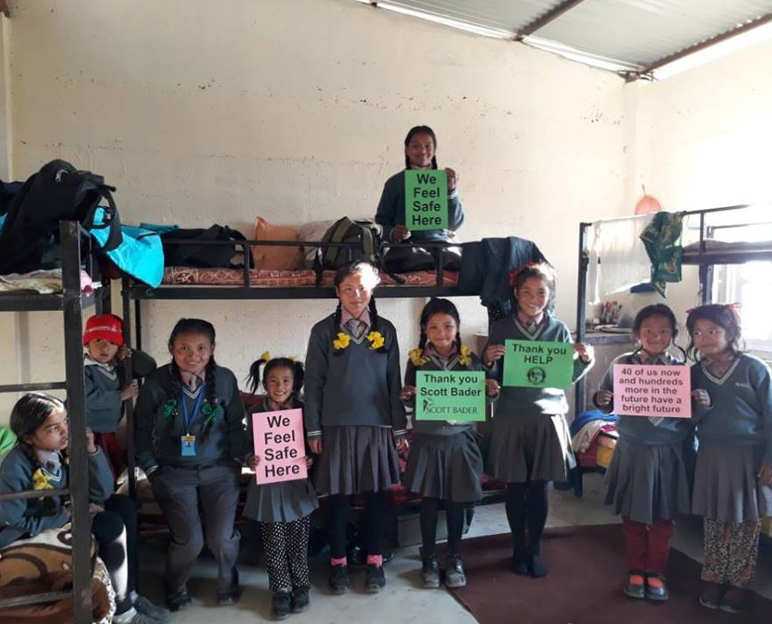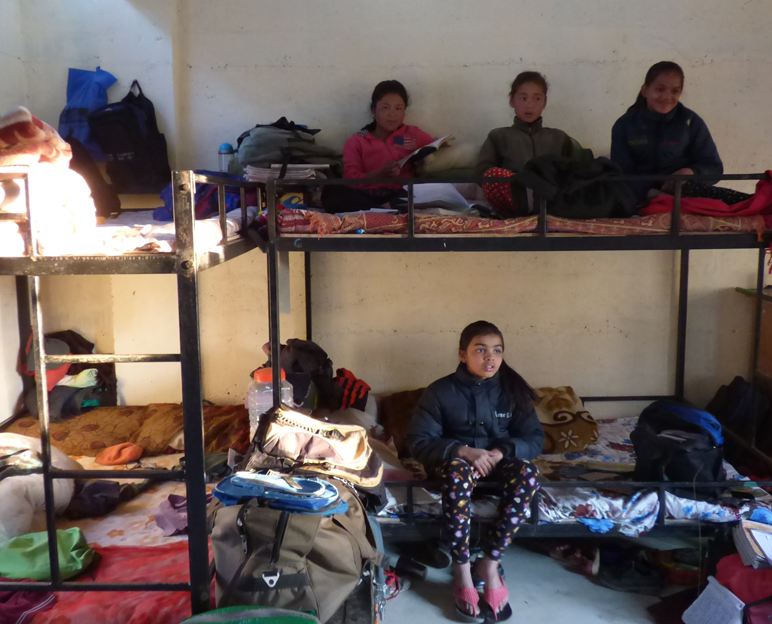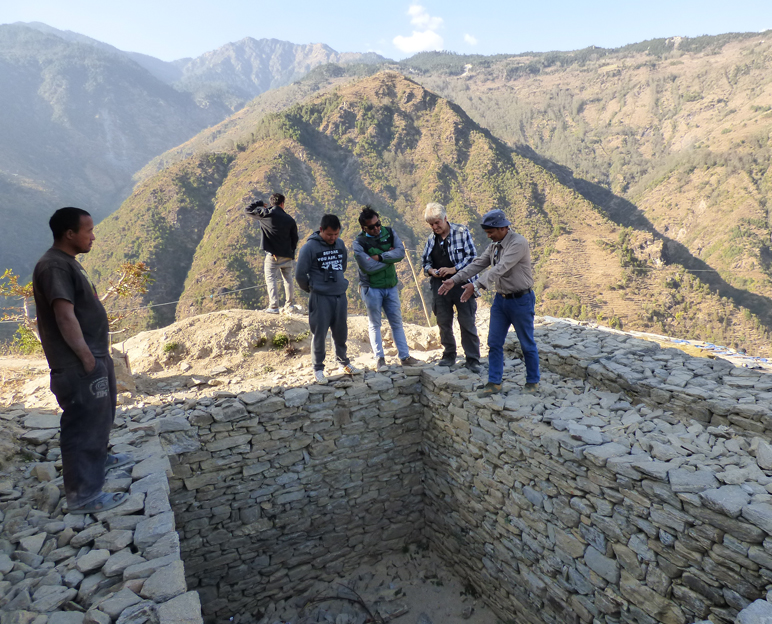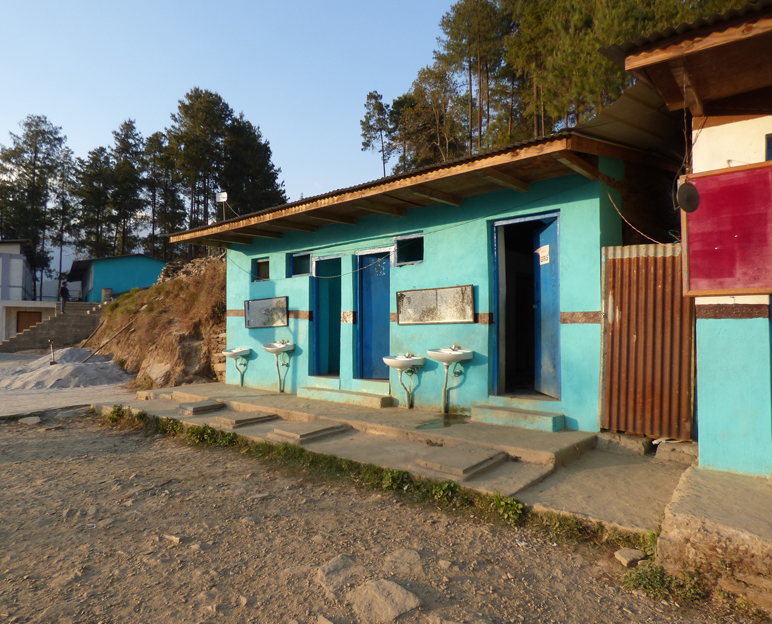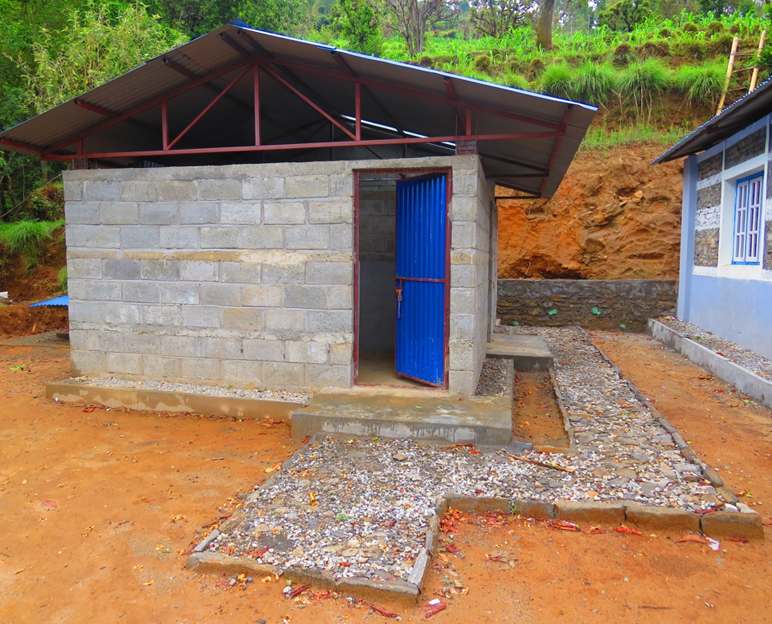In the Helambu valley, schools are nestled among rocky outcrops and steep hills. We have been working for almost 10 years to help build the capacity of government schools in the region, by adding classrooms to overcrowded schools, bringing clean drinking water to students, constructing toilet facilities and hostels so students can focus on their education.
Here, we explain how our work to develop the education infrastructure of the valley has impacted thousands of students over the years.
Classrooms
Creating a safe, stimulating learning environment
We have been working for almost 10 years now to help build and resource additional classrooms to ensure all students have a safe and appropriate learning environment.
In rural Helambu, classrooms are commonly filled beyond capacity, with makeshift rooms being used to accommodate large classes.
Since 2009 we have built over 100 new classrooms. Since the earthquakes in Nepal, we have been working with the Nepal Department of Education to construct new classrooms, and retrofit damaged classrooms, across 15 schools to earthquake resilient standards.
When we build anything we insist on substantial input from the local community. This allows us to identify exactly what they need, not just what we think they need.
Local communities also participate in the construction. Not only does this empower people to develop their own communities, it gives them a sense of ownership and guarantees that there is strong local pressure to ensure these facilities are used and maintained.
On the right, you can see how we progressed with re-building classrooms in one of the villages affected by the Nepal earthquake, Pading.
Girls' Hostels
Enabling girls to continue education
We are confident that this is a necessary first step to giving these girls the chance to complete their secondary education. Given the impact of our hostels, we have also started building hostels for boys to ensure that they are also supported in receiving a full education.
Since the 2015 earthquakes, hostels have become even more important, providing a safe learning environment in situations where the paths to schools have become treacherous and in circumstances where aftershocks are still common.
We now have plans to roll out our flagship hostel designs, approved by the Department for Education for Nepal, and used to construct hostels for the schools in Timbu and Norbuling villages, to further schools.
We are working hard to reduce the numbers of girls in the region who leave school after completing primary level because they do not have easy access to secondary school. Education is the tool we use to empower girls and in time, we hope that educated girls will push for change within their own communities and address historical issues such as gender inequality.
For many students in the valley, the nearest secondary school is 2 hours walk away. Often over difficult, and at times, dangerous terrain. This doesn’t make it easy for children to stay in school and parents are understandably concerned about their daughters’ safety.
Without education, girls are vulnerable to being married off at a very young age or being forced to search for work abroad, and it also opens them up to trafficking.
By building and resourcing hostels, we give girls the opportunity to board at schools. Eliminating the long distances they would otherwise have had to walk means that students are fresh for school.
Sanitation Facilities
Promoting clean and sanitary learning environments
We have been working in partnership with local engineers to ensure that schools have access to the most basic of requirements: easy access to clean drinking water.
Although a river runs through the bottom of the Helambu Valley, our partner schools are located high in the hills and both students and teachers may face long walks to collect water for the school day.
As part of our commitment to ensuring that the schools we support have safe and positive learning environments, we have constructed water storage and treatment facilities on school sites. Crucially, we have also provided training to teachers and the local community to ensure that the facilities are maintained.
We have also constructed toilets across schools in the valley, using solid construction, cess pits and focusing on hygiene standards. As part of our efforts to support girls education, we have focused on constructing a number of girls-only toilet blocks. We have found that this simple step encourages girls to continue their education, with the facilities providing vital support in their teenage years.



